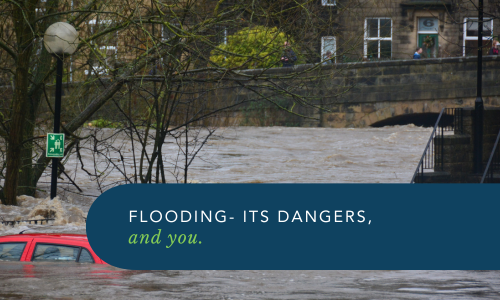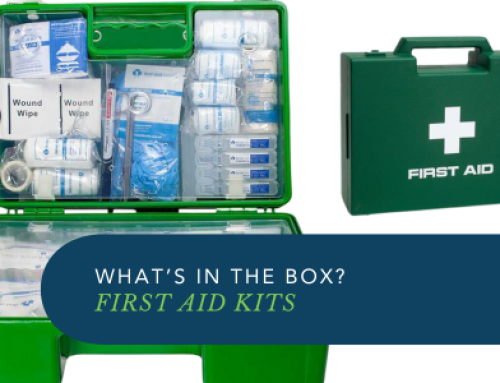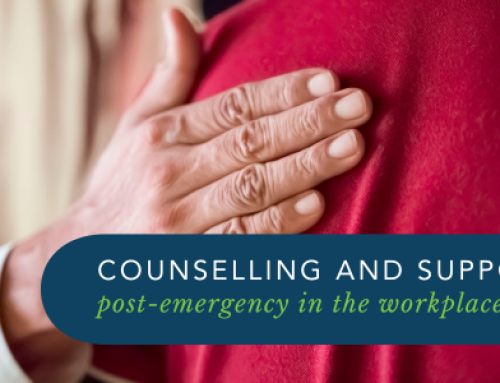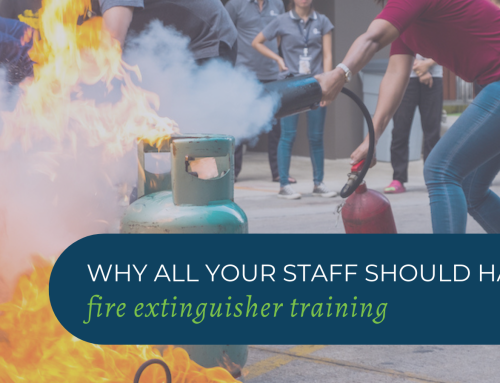Dangers of Floor Waters
Flooding is often referred to as one of the most dangerous natural disasters, and it is important to understand why flood waters can be so hazardous in order to keep you, your business, and your family safe during a flood event.
Here are just a few of the reasons why flood waters are dangerous and why you should stay away from them:
Contamination
Flood waters can pick up and carry all sorts of contaminants, including sewage, chemicals, and other hazardous substances. These contaminants can pose a serious health risk to anyone who comes into contact with them. In addition to the risk of illness or infection, contaminated flood waters can also cause skin irritation and other adverse reactions. It is important to avoid contact with flood waters as much as possible in order to protect yourself from these contaminants.
Debris
Flood waters can carry all sorts of debris, including broken glass, sharp objects, and other hazards that can cause injury. If you come into contact with these hazards, you could suffer cuts, bruises, or even serious injuries. It is important to be on the lookout for debris when you are in or around flood waters, and to take steps to protect yourself from these hazards.
Electrocution
Flood waters can pose a risk of electrocution if they come into contact with electrical wires or outlets. Even if the power has been shut off, it is possible for live wires to be present in the water, posing a serious risk of electrocution. If you are in an area that has been hit by a flood, it is important to be aware of the risk of electrocution and to avoid coming into contact with flood waters if at all possible.
Structural Damage
Flood waters can cause structural damage to buildings, roads, and other infrastructure, making them unstable and potentially dangerous to be around. If you are in an area that has been hit by a flood, be on the lookout for collapsed buildings, bridges, or other structures that could pose a danger. It is important to avoid these areas in order to protect yourself from the risk of injury.
Animal hazards
Flood waters can also bring with them a variety of animal hazards, such as snakes, spiders, and other pests. These animals may be displaced by the flood and may be more aggressive than usual as they try to find a new place to live. If you come into contact with these animals, you could be at risk of being bitten or stung, which can be dangerous or even life-threatening in some cases.
What This Means for Your Business
At Workplace Emergency Management, we specialise in protecting your business through the use of the Australian Standard System, and our highly qualified consultants can guide you toward better safety and security during a flood event through our expert knowledge of AS 3745-2010. AS 3745-2010 is the Australian Standard that provides guidelines for the management of buildings and structures in the event of an emergency. In regard to floods, the standard states that building owners and occupiers should have a plan in place to deal with the potential risks associated with flooding, including:
- Identifying flood-prone areas: Building owners and occupiers should identify areas of the building that are prone to flooding and take steps to protect these areas as much as possible.
- Developing an evacuation plan: An evacuation plan should be developed in case of a flood emergency, including the designated evacuation routes and assembly points.
- Providing emergency information: Building owners and occupiers should ensure that all occupants are aware of the emergency procedures in case of a flood, including the location of emergency exits and other safety equipment.
- Maintaining equipment: Building owners and occupiers should ensure that all emergency equipment, such as fire extinguishers and first aid kits, is properly maintained and in good working order.
- Regularly reviewing and updating the emergency plan: The emergency plan should be reviewed and updated regularly to ensure that it is still effective and relevant.
AS 3745-2010 also recommends that building owners and occupiers conduct regular emergency drills to ensure that all occupants are familiar with the emergency procedures and can evacuate safely in the event of a flood. By following the guidelines outlined in AS 3745-2010, building owners and occupiers can help to protect themselves and others from the dangers of flooding.
Overall, floods and flood waters are extremely dangerous and should be avoided as much as possible. If you are in an area that is prone to flooding, it is important to have personal and business plans in place in case of an emergency, and to take all necessary precautions to protect yourself, your business, and your family from the dangers of flood waters. This may include staying informed about weather conditions and evacuation routes, packing a disaster supply kit, and following the advice of local State Emergency Service Unit. By taking these precautions, you can help to ensure your safety and minimize the risks associated with flooding.
If you need assistance with planning for a flood, Workplace Emergency Management is only a call a way, feel free to reach out to our qualified consultants today on 1300 831 694 or by visiting our contact page.
GET IN TOUCH
Are you ready for peace of mind that your workforce is as safe and prepared as possible?
With a dedicated team of staff ready to help you meet compliance requirements and improve the overall safety of your workplace, all you need to do is get in touch.
Request your free audit today!



